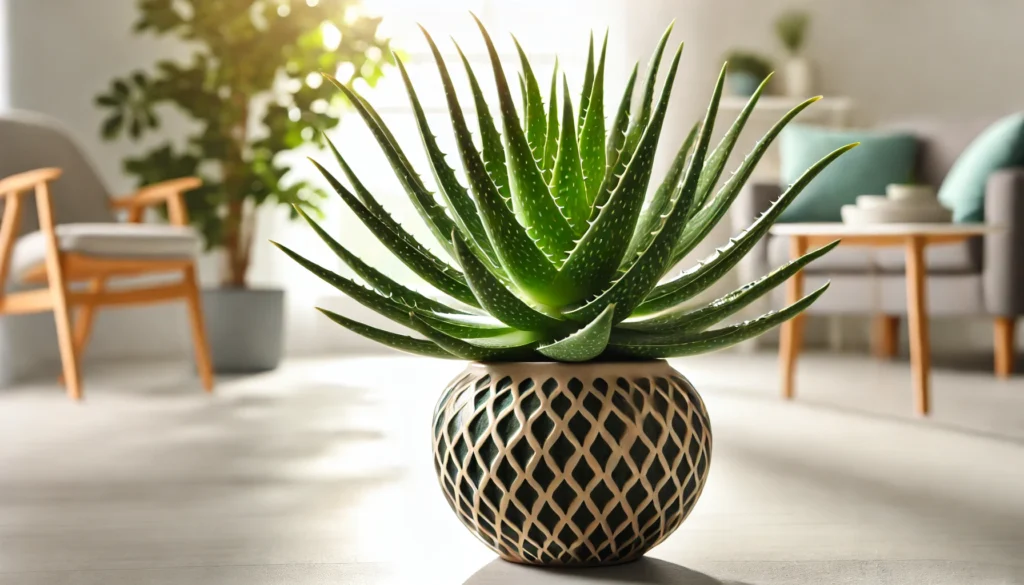
The Norfolk Island Pine, scientifically known as Araucaria heterophylla, is a charming and versatile houseplant that brings a touch of evergreen beauty to any indoor space. Let’s explore its characteristics and care requirements to ensure it thrives in your home.
Description and Size
The Norfolk Island Pine is not a true pine but a member of the Araucariaceae family. It is known for its symmetrical, tiered branches and soft, needle-like leaves. Indoors, this plant can grow up to 6-8 feet tall, though it can reach heights of 200 feet in its natural habitat. Its elegant, conical shape makes it a popular choice for holiday decorations, often used as a living Christmas tree.
History and Natural Habitat
Native to Norfolk Island in the South Pacific, the Norfolk Island Pine thrives in subtropical climates. It was discovered by Captain Cook in 1774 and has since become a beloved ornamental plant around the world, prized for its unique appearance and adaptability to indoor environments.
Ideal Growing Conditions
Light
The Norfolk Island Pine prefers bright, indirect light but can tolerate some direct sunlight. Insufficient light can cause the plant to become leggy and lose its lower branches. Place it near an east or south-facing window where it can receive filtered light.
Temperature and Humidity
This plant thrives in temperatures between 60-75°F (16-24°C) and prefers higher humidity levels. It can tolerate lower temperatures but should be kept away from cold drafts and sudden temperature changes. To maintain the right humidity levels, consider using a humidifier or placing the plant on a tray filled with water and pebbles.
Soil
A well-draining potting mix is essential. A mix of peat, perlite, and sand works well, ensuring the soil stays moist but not soggy. Avoid heavy soils that retain too much moisture, as this can lead to root rot.
Watering
Water your Norfolk Island Pine thoroughly, allowing the top inch of soil to dry out between waterings. Overwatering can lead to root rot, while underwatering can cause the needles to turn brown and drop. Aim to keep the soil consistently moist but not waterlogged.
Toxicity
The Norfolk Island Pine is non-toxic to both pets and humans, making it a safe choice for households with curious animals and children.
Common Problems and Solutions
Yellowing or Browning Needles
- Cause: Overwatering or underwatering, low humidity, or insufficient light.
- Solution: Adjust watering practices, increase humidity, and ensure the plant is receiving adequate light.
Needle Drop
- Cause: Natural shedding of older needles or stress from environmental changes.
- Solution: Maintain consistent care practices and avoid sudden changes in temperature or light.
Pests
- Common Pests: Spider mites, aphids, and mealybugs can affect the Norfolk Island Pine.
- Treatment: Use insecticidal soap or neem oil to treat infestations. Regularly inspect your plant to catch and address issues early.
Diseases
- Root Rot: Caused by overwatering and poor drainage. Ensure the soil is well-draining and allow it to dry out slightly between waterings.
- Fungal Infections: Often a result of high humidity and poor air circulation. Improve ventilation and avoid overhead watering to keep the leaves dry.
Best Practices for Care
- Repotting: Repot every 2-3 years to refresh the soil and provide more space for growth. Spring is the best time for repotting.
- Fertilizing: Feed your plant with a balanced, water-soluble fertilizer every 4-6 weeks during the growing season (spring and summer).
- Pruning: Trim any dead or yellowing branches to maintain the plant’s health and appearance. Pruning also helps to promote new growth and maintain its symmetrical shape.
Overall Ease of Care
The Norfolk Island Pine is a fantastic choice for plant lovers of all levels. Its ability to adapt to various light and humidity conditions, coupled with its relatively low maintenance needs, makes it an easy-to-care-for plant. Its elegant, evergreen appearance adds a touch of festive charm to any indoor space, making it a perfect year-round addition to your home.
In conclusion, the Norfolk Island Pine is a beautiful, low-maintenance plant that can thrive in various indoor environments. With the right care and attention, it will grow into a stunning focal point in your home, bringing a sense of natural elegance and festive spirit to your indoor garden.



